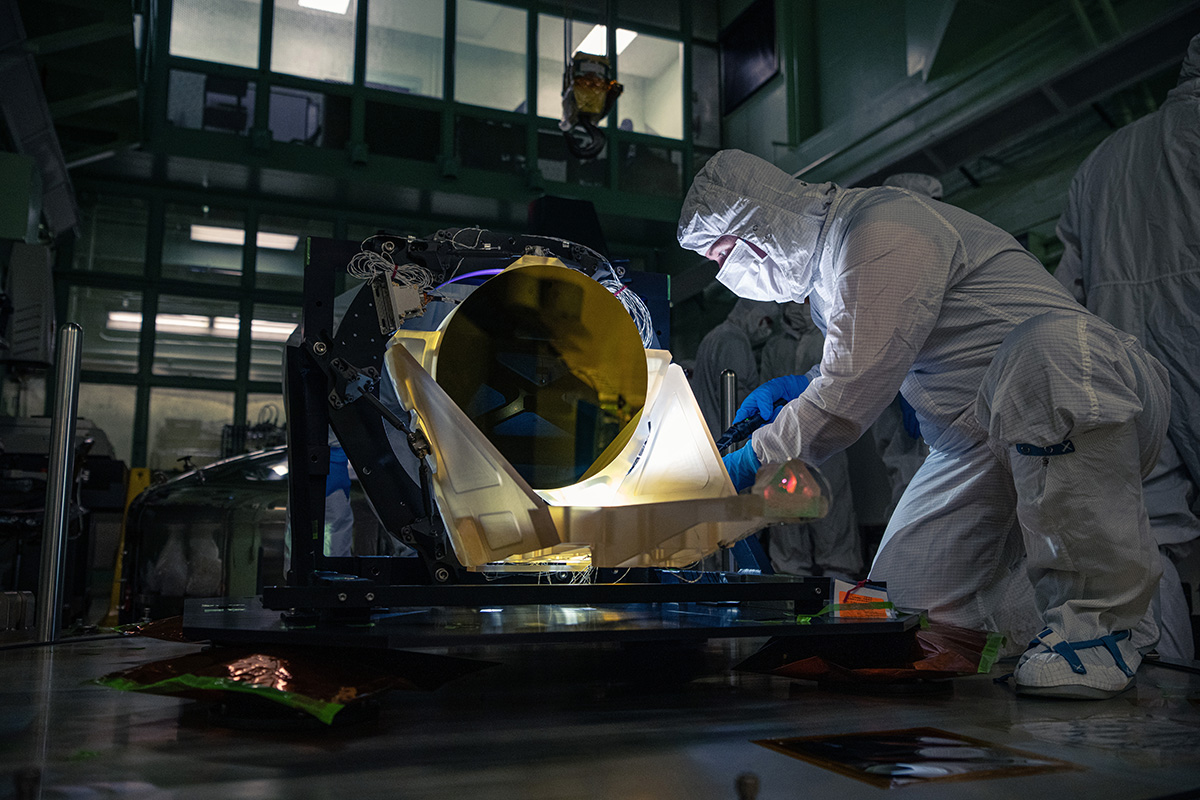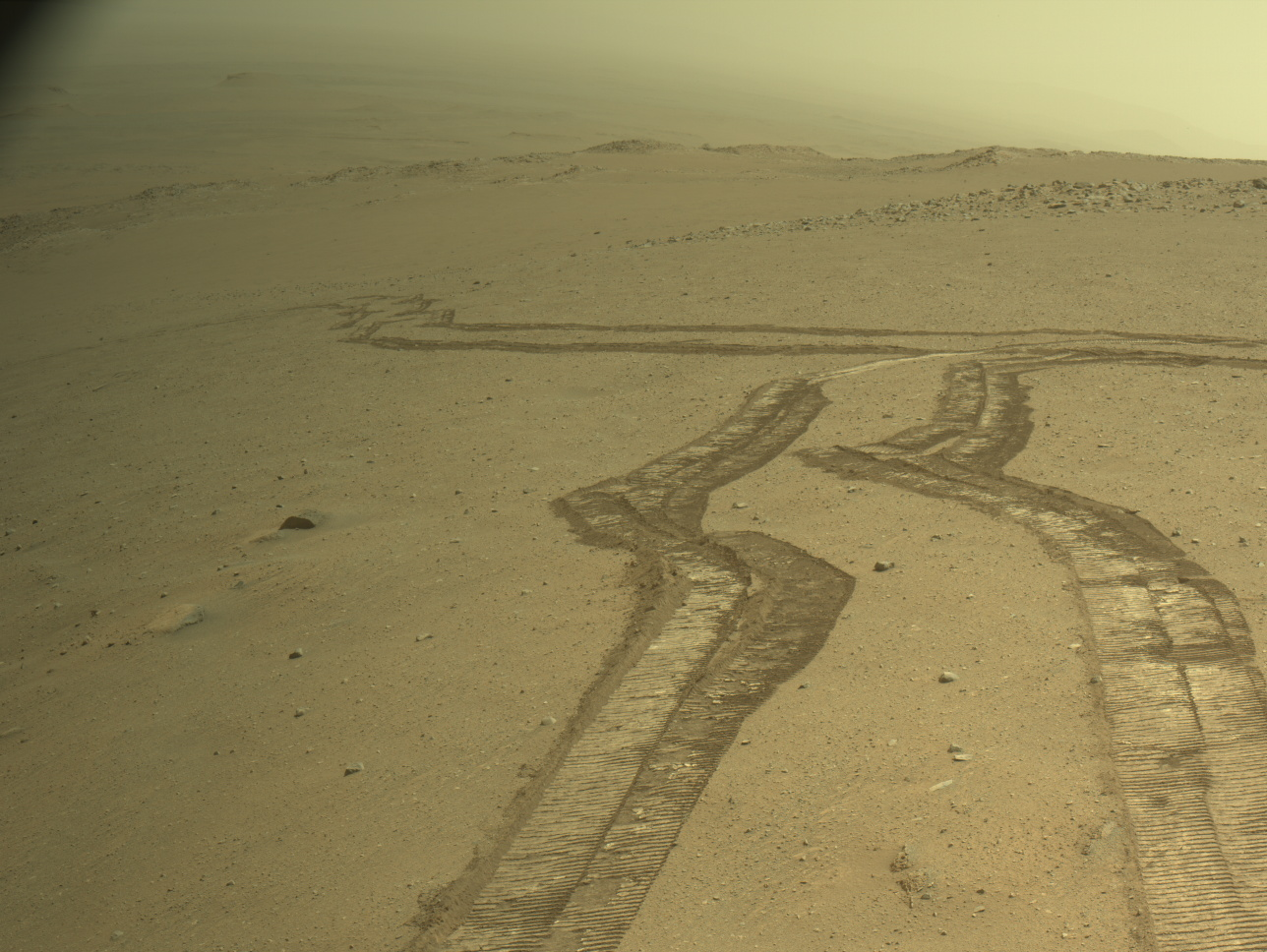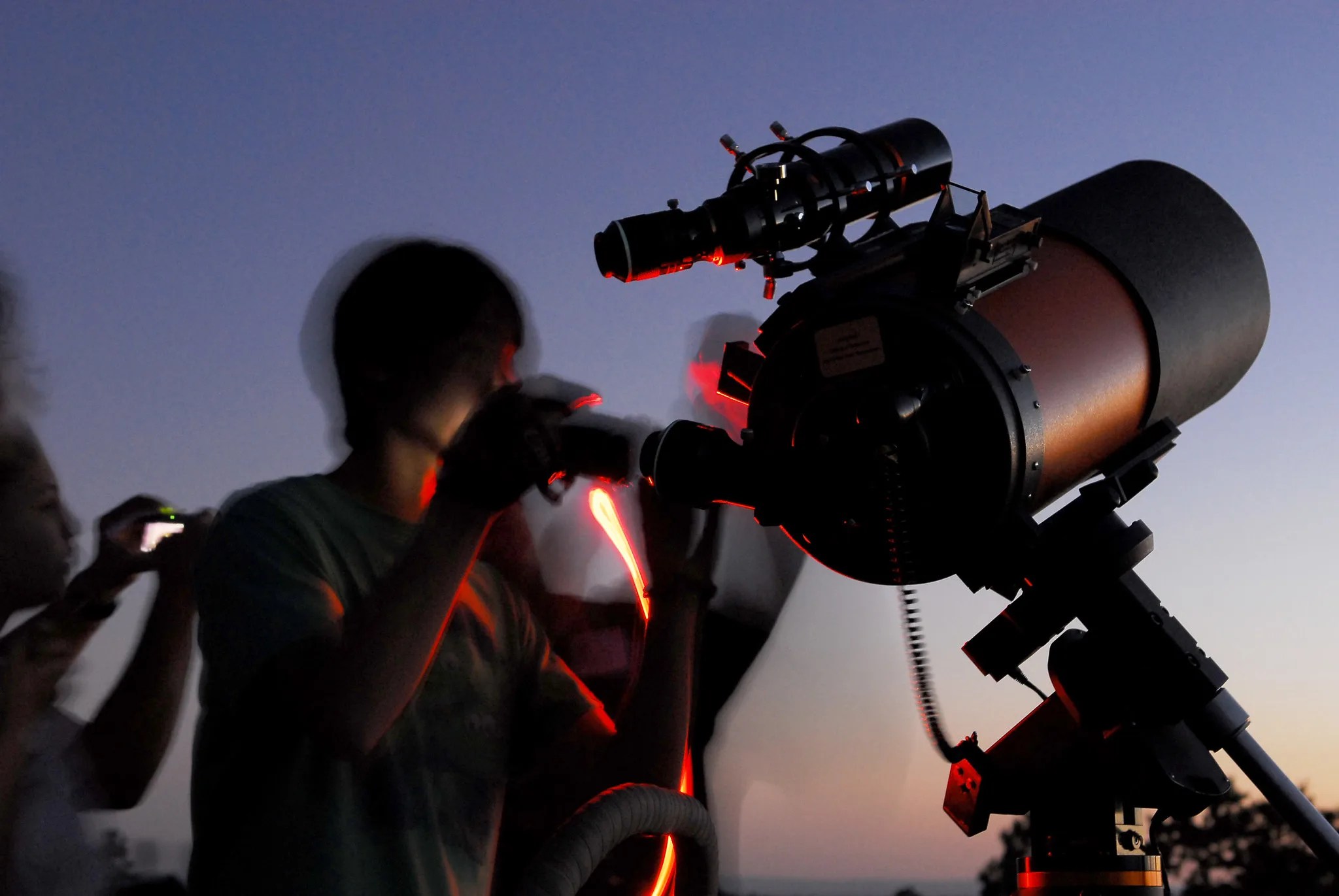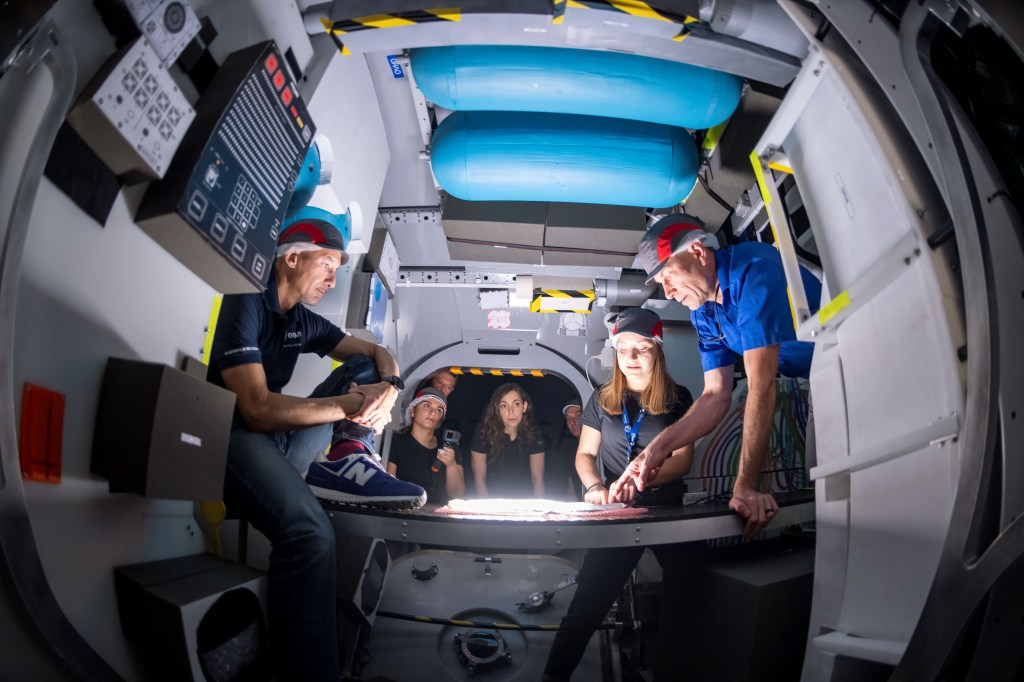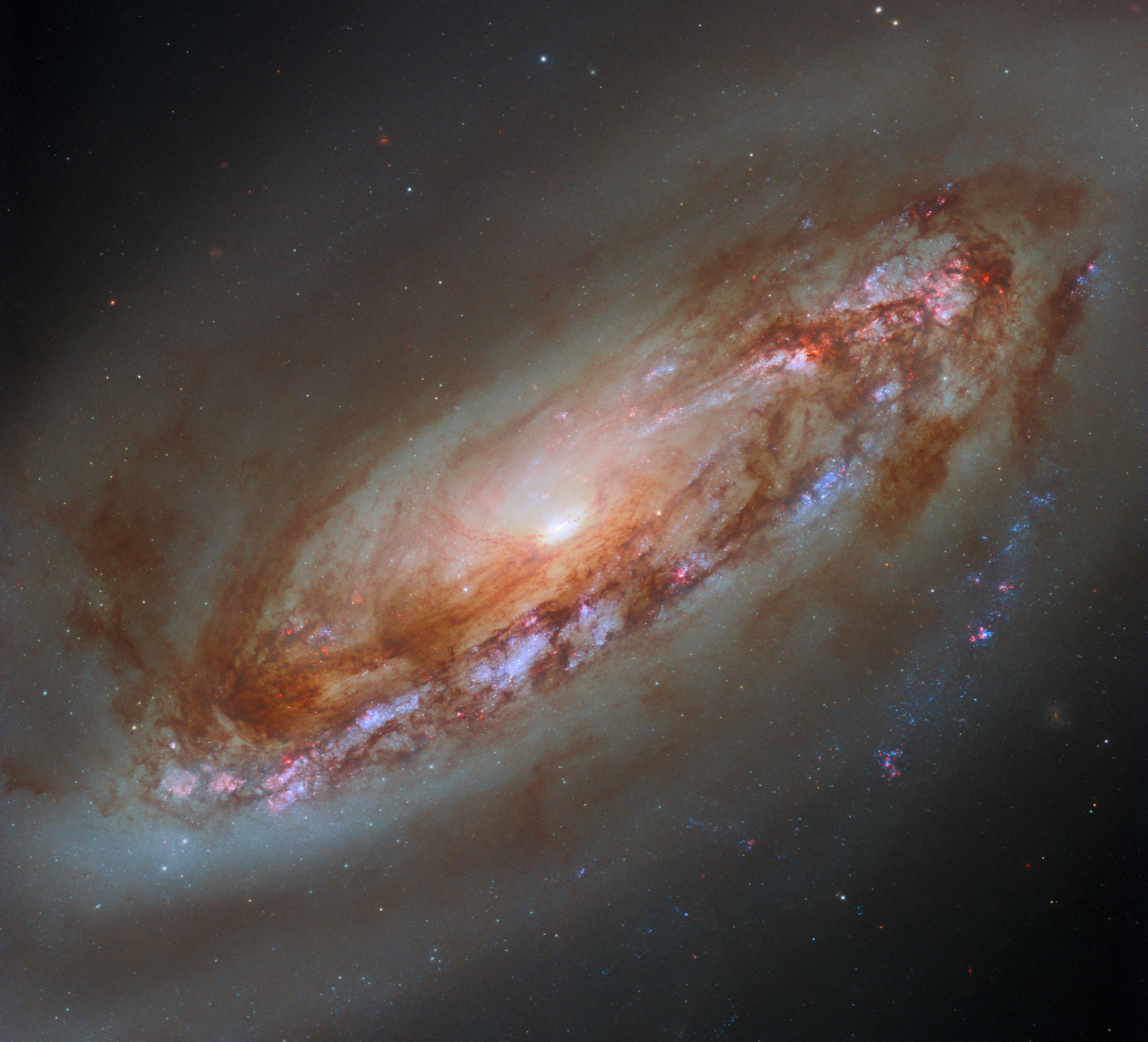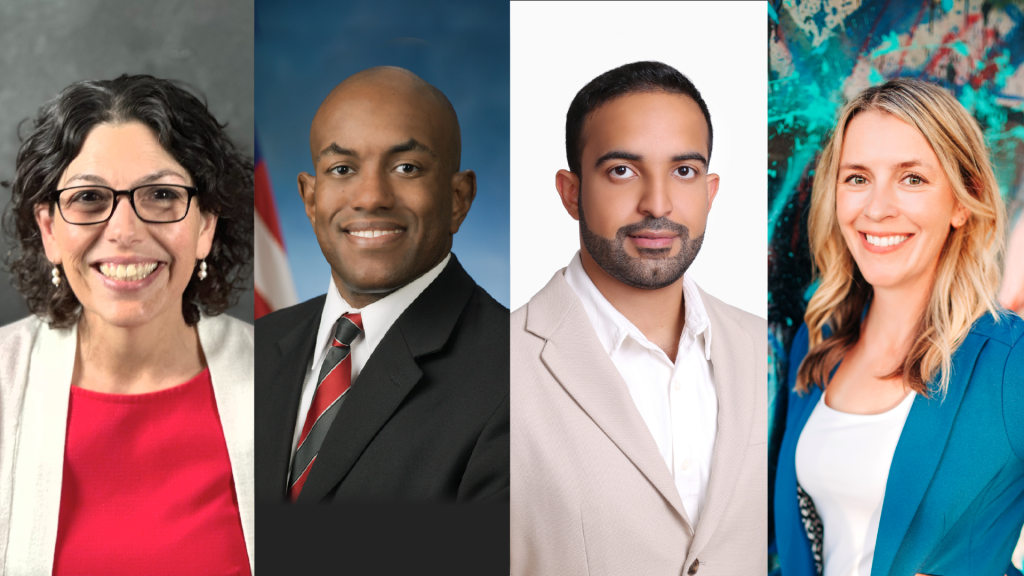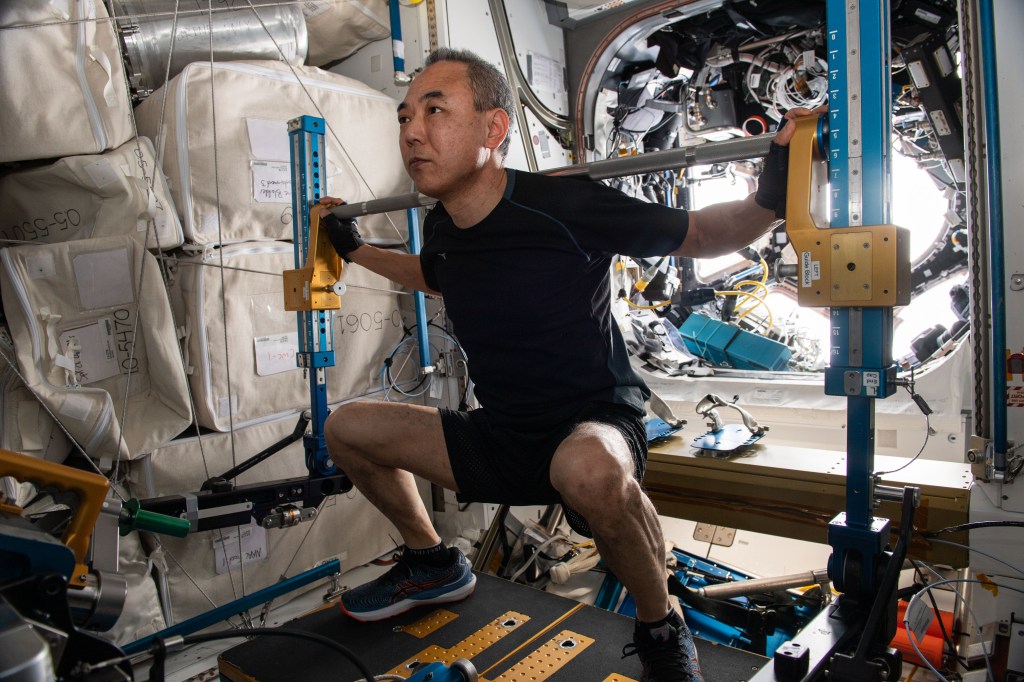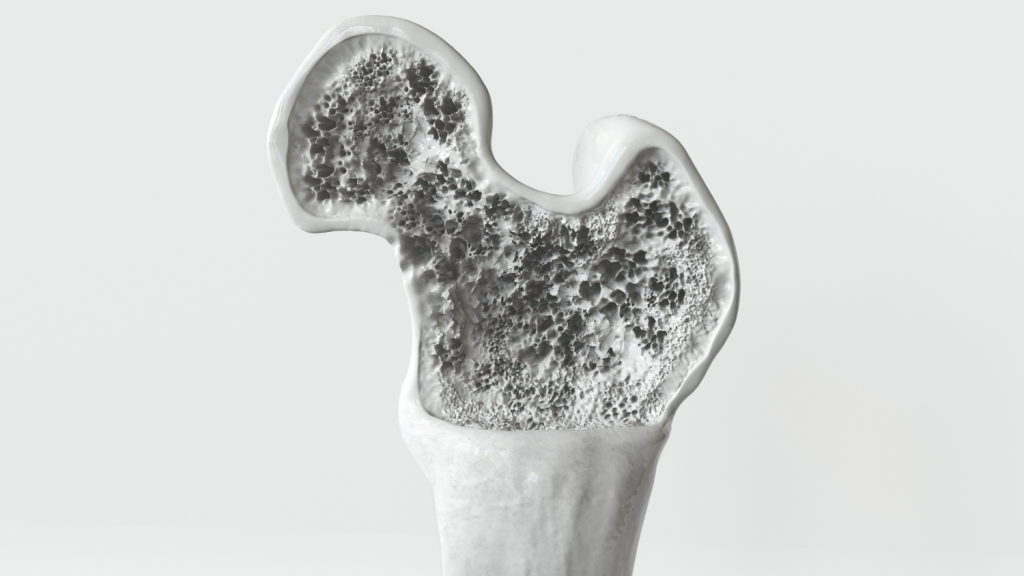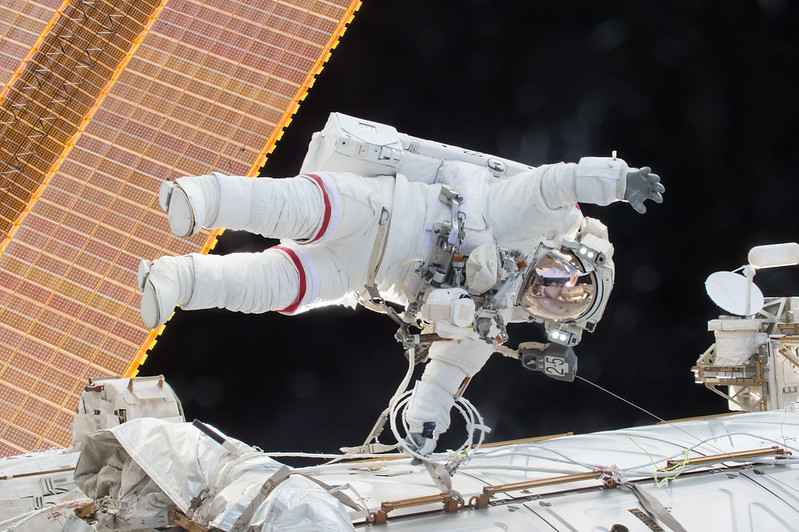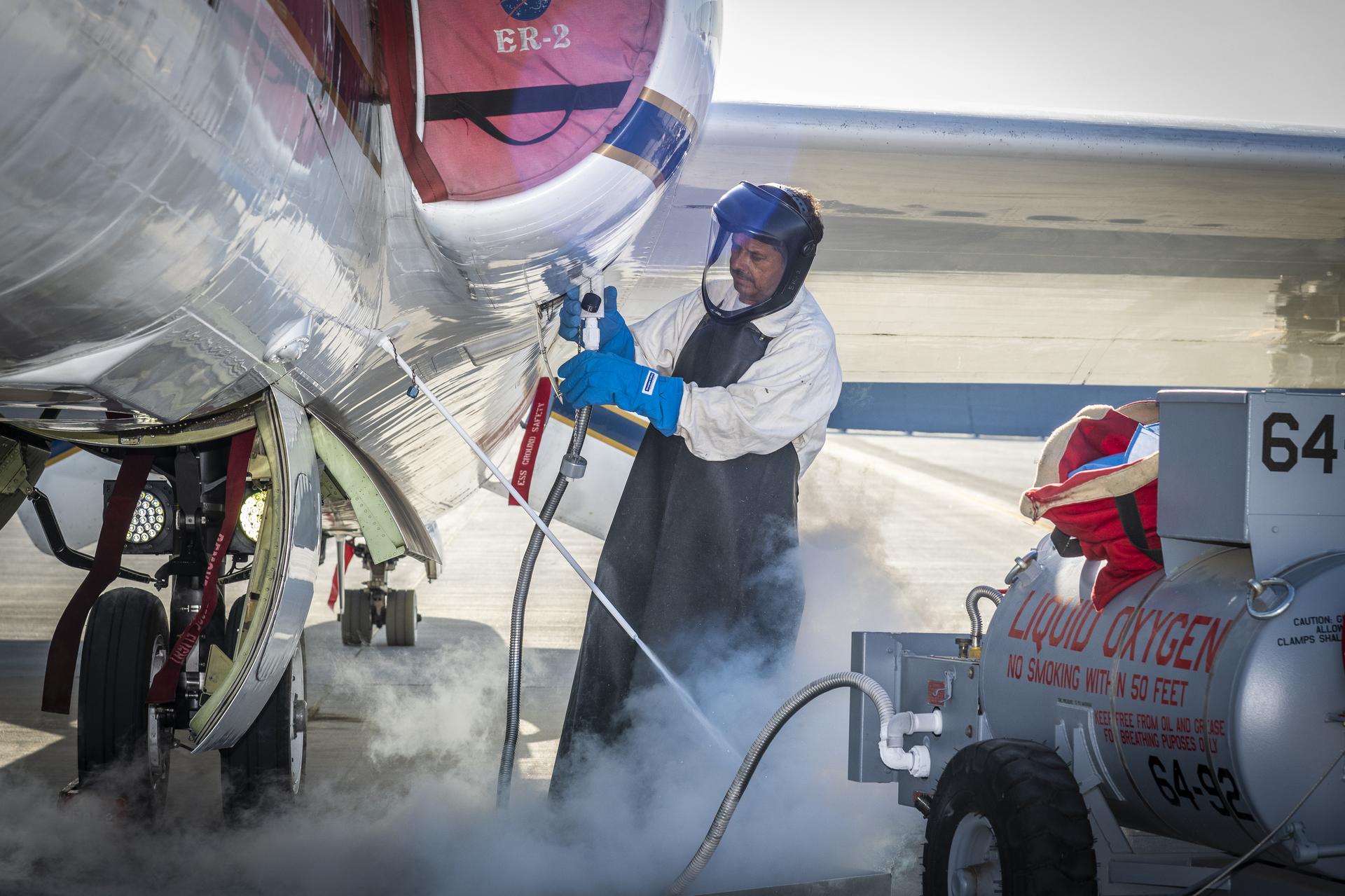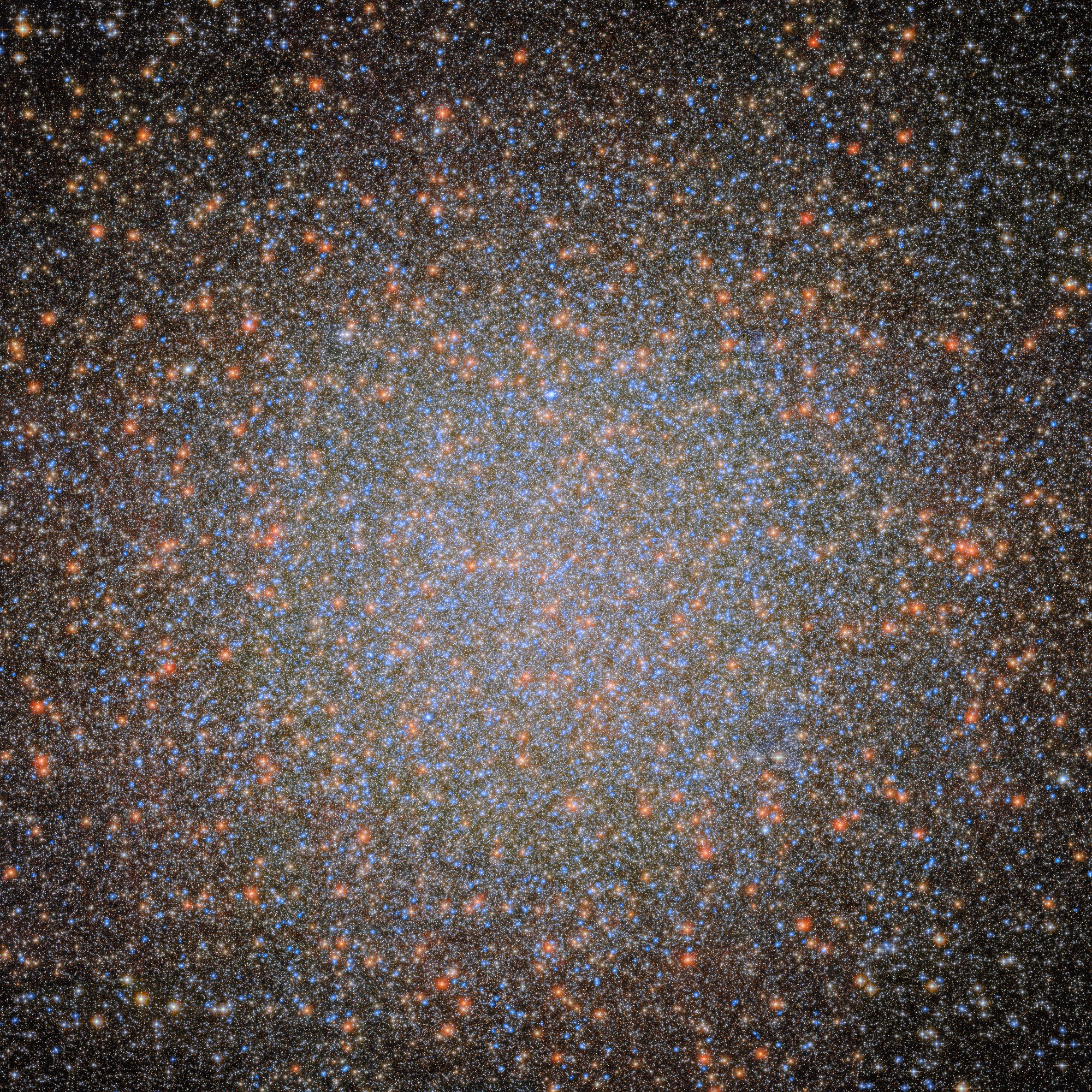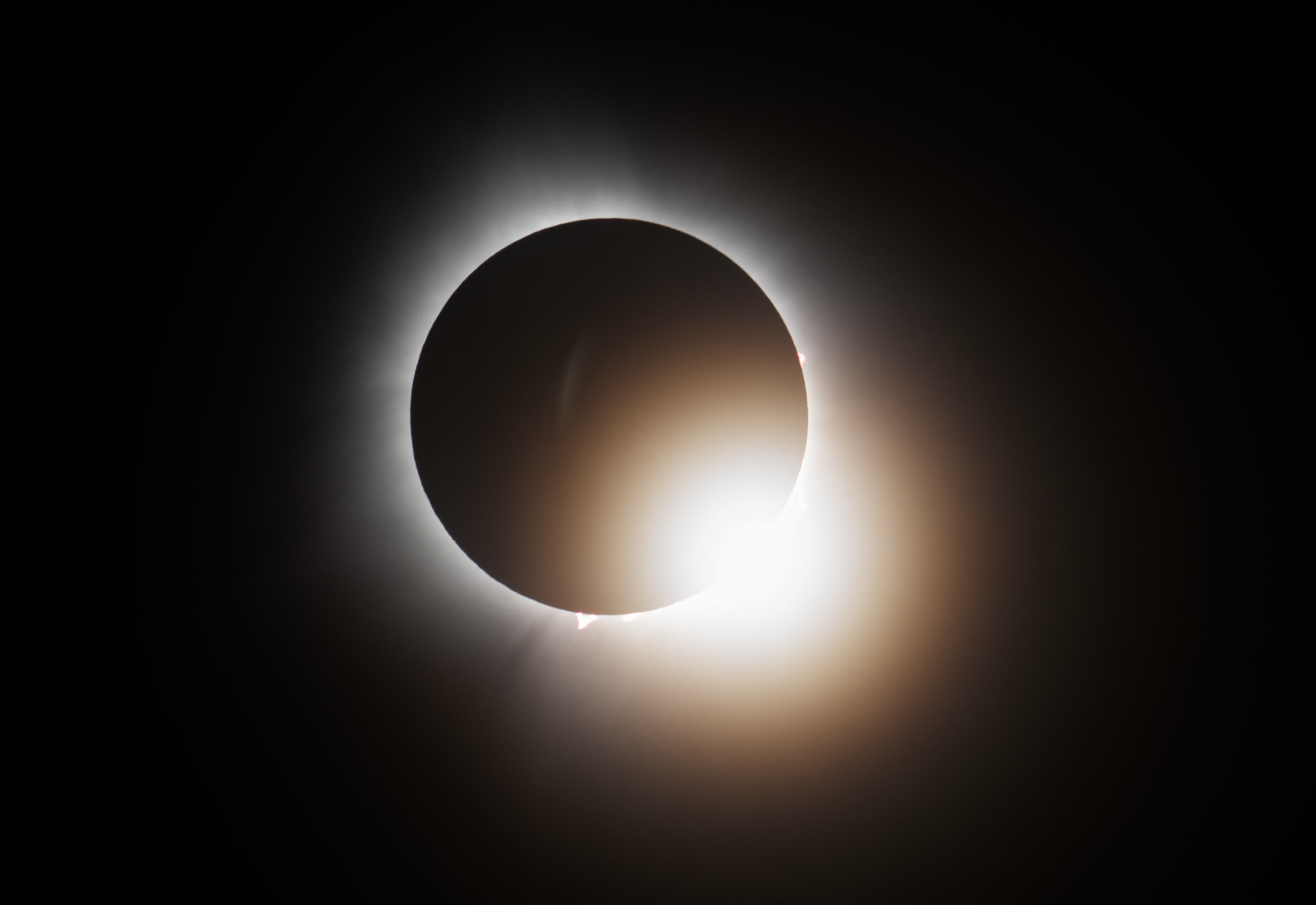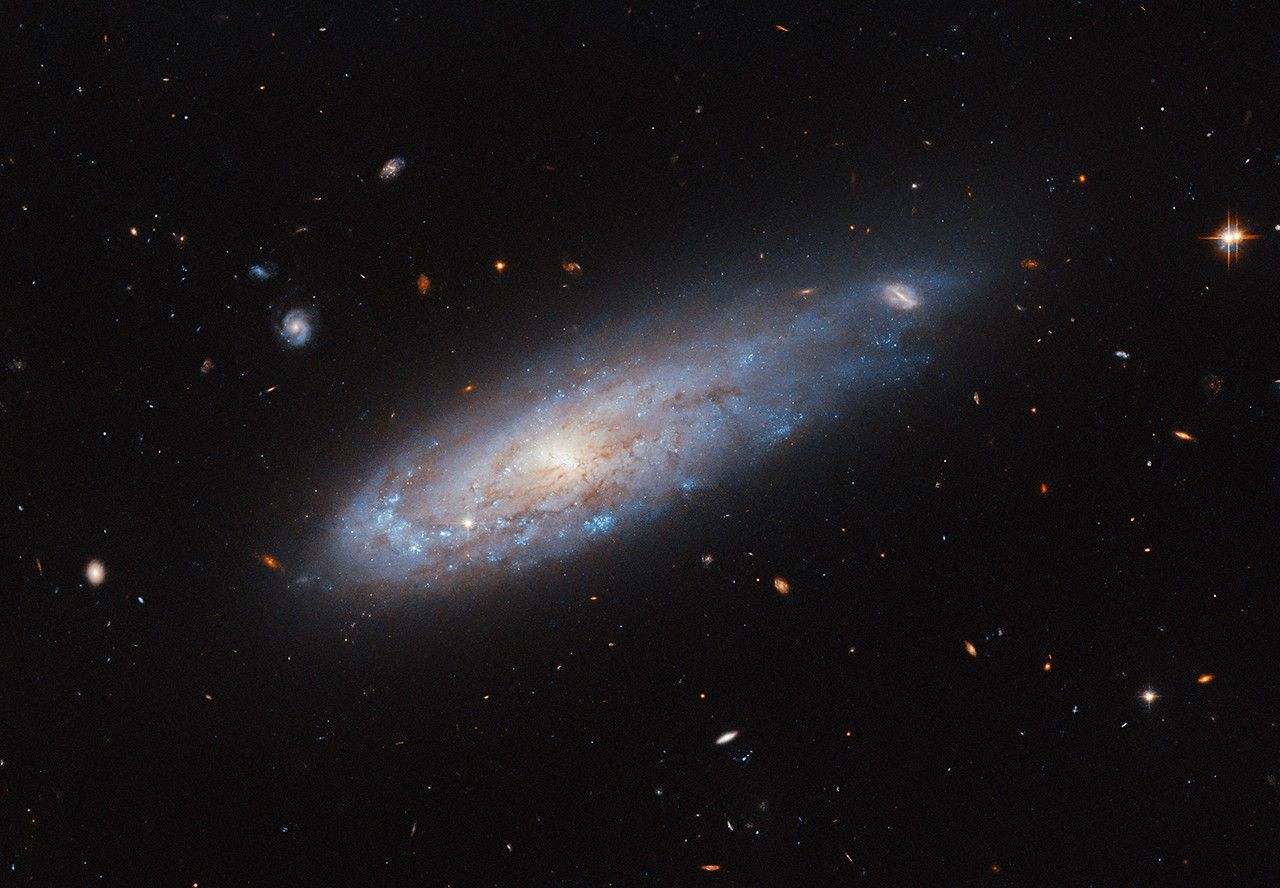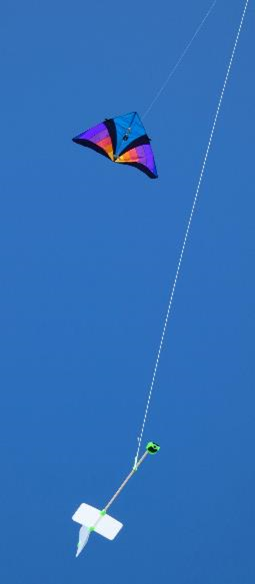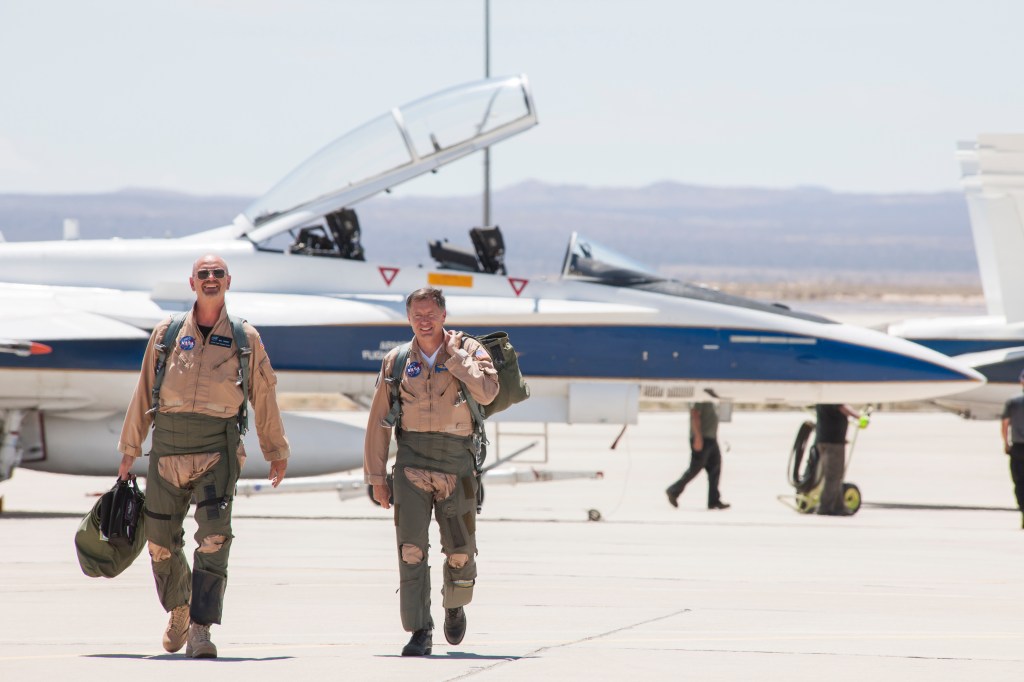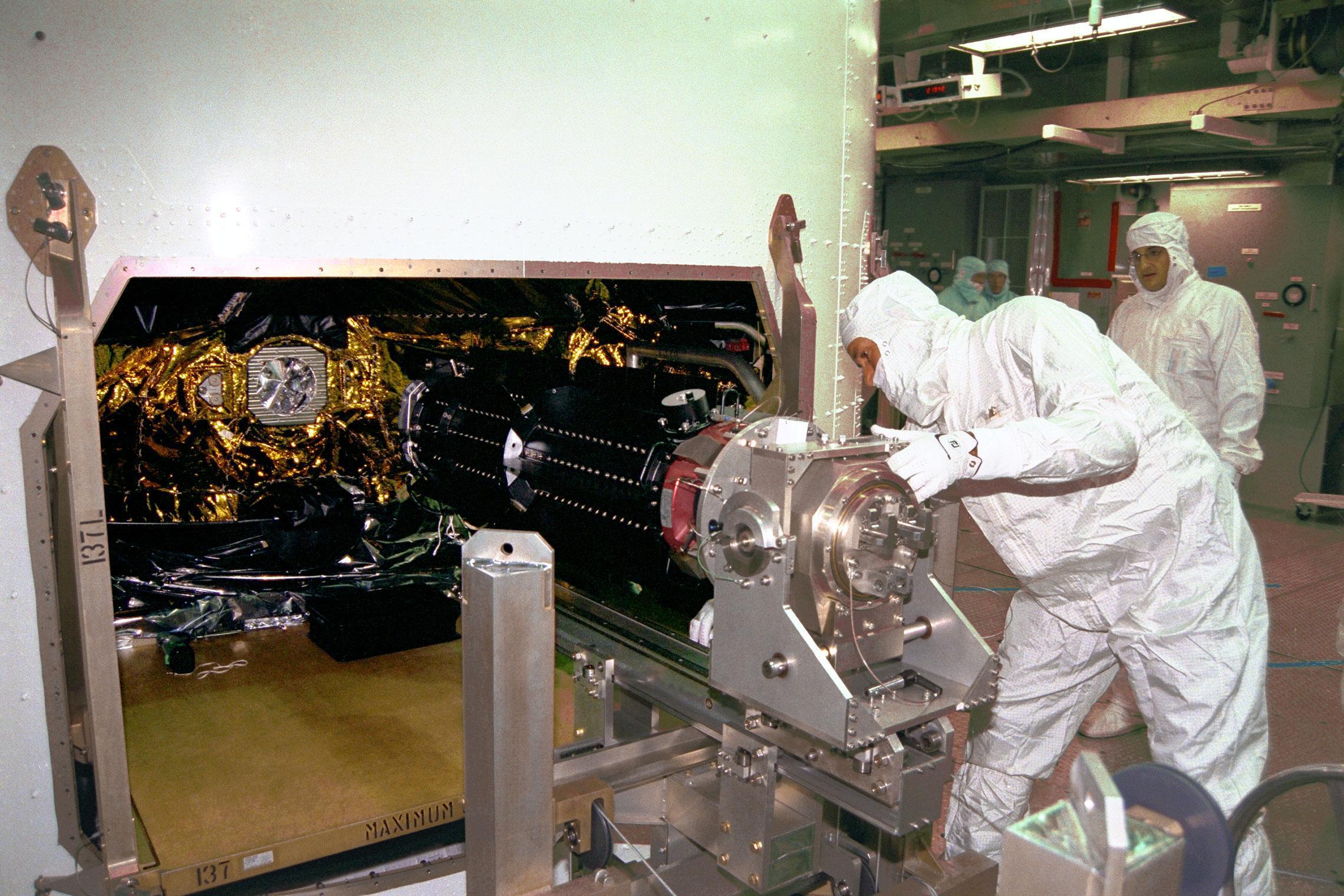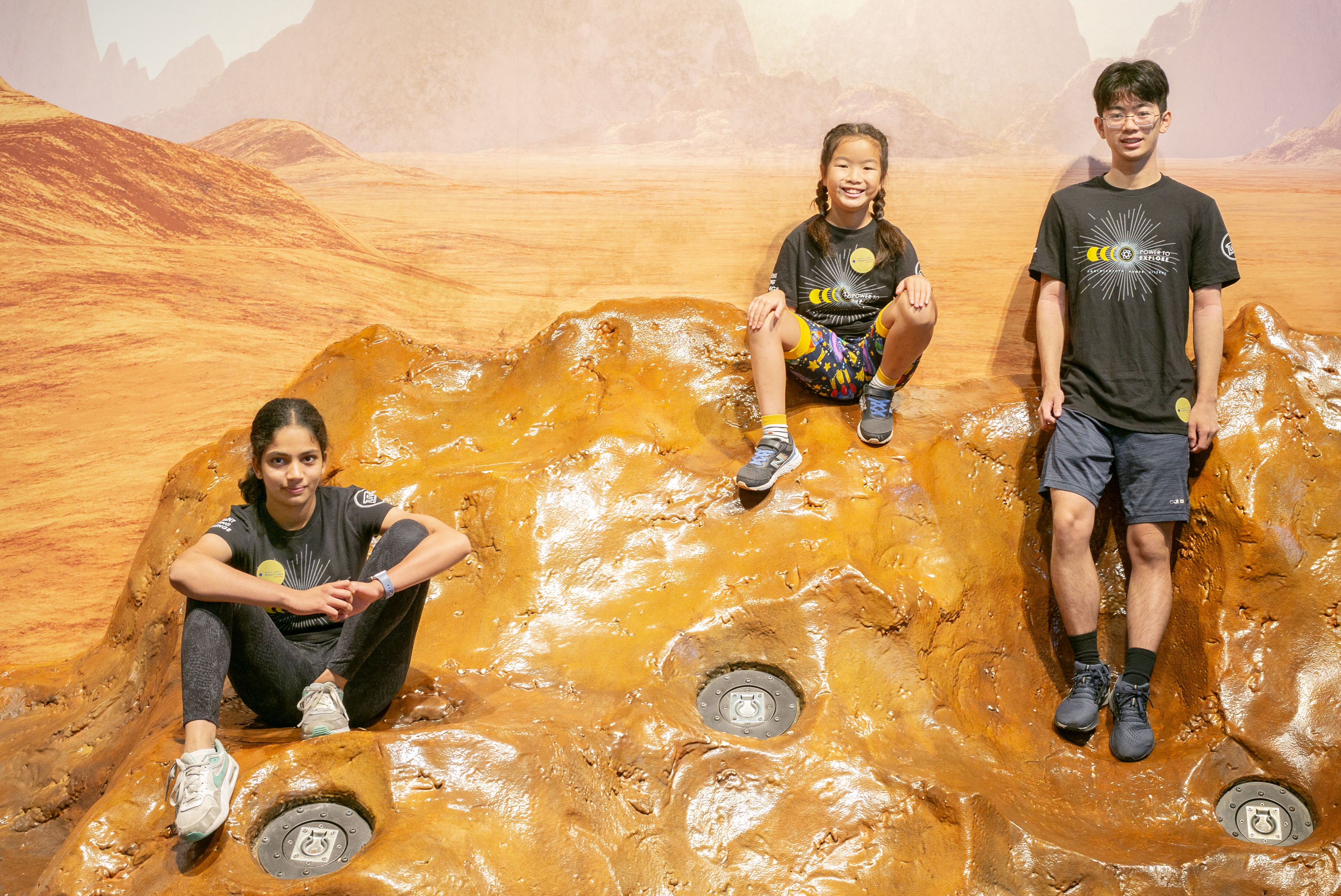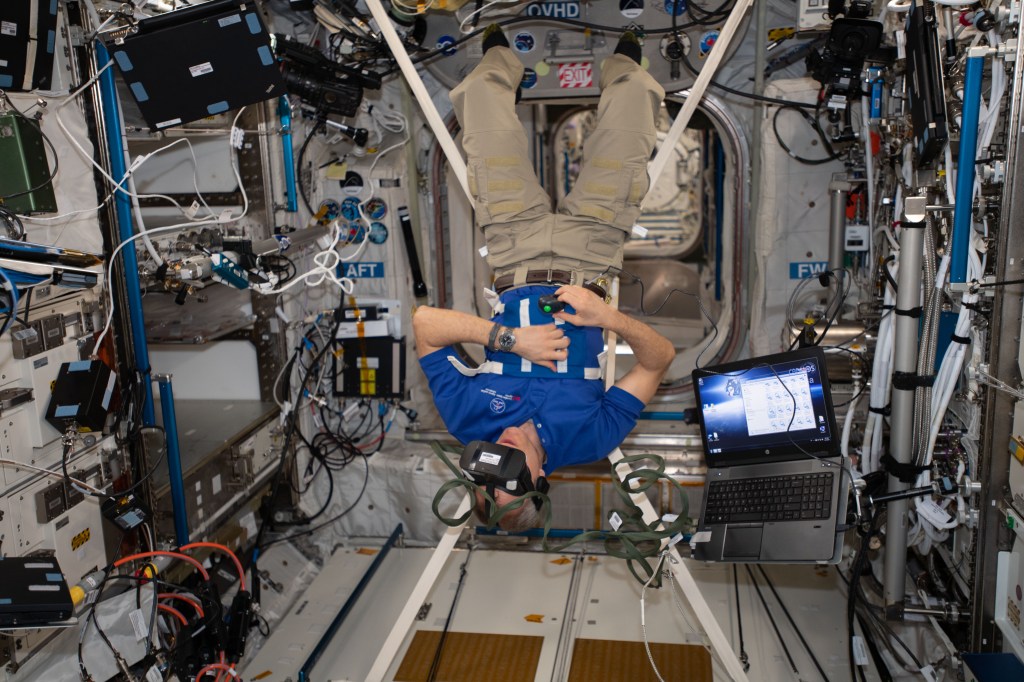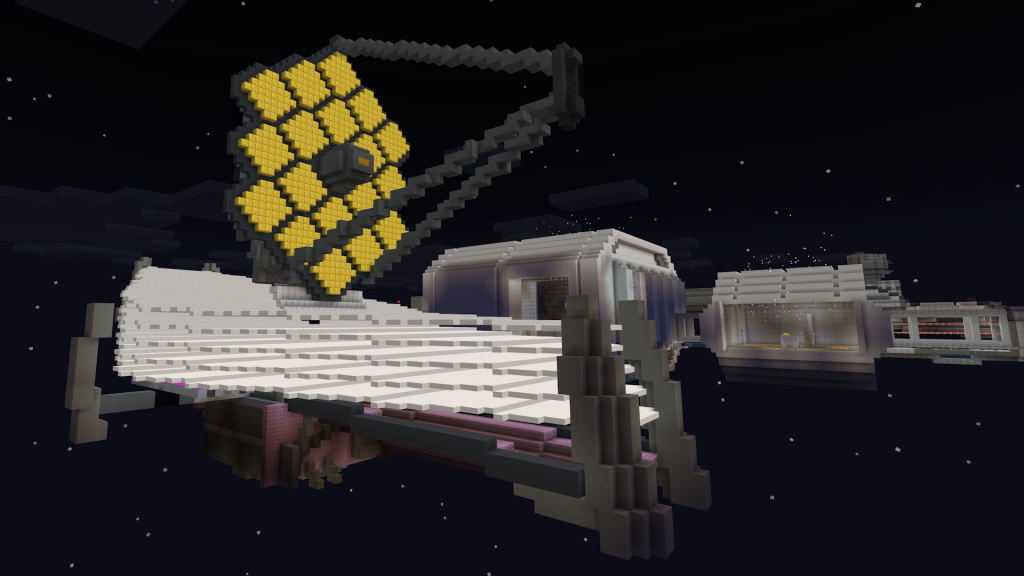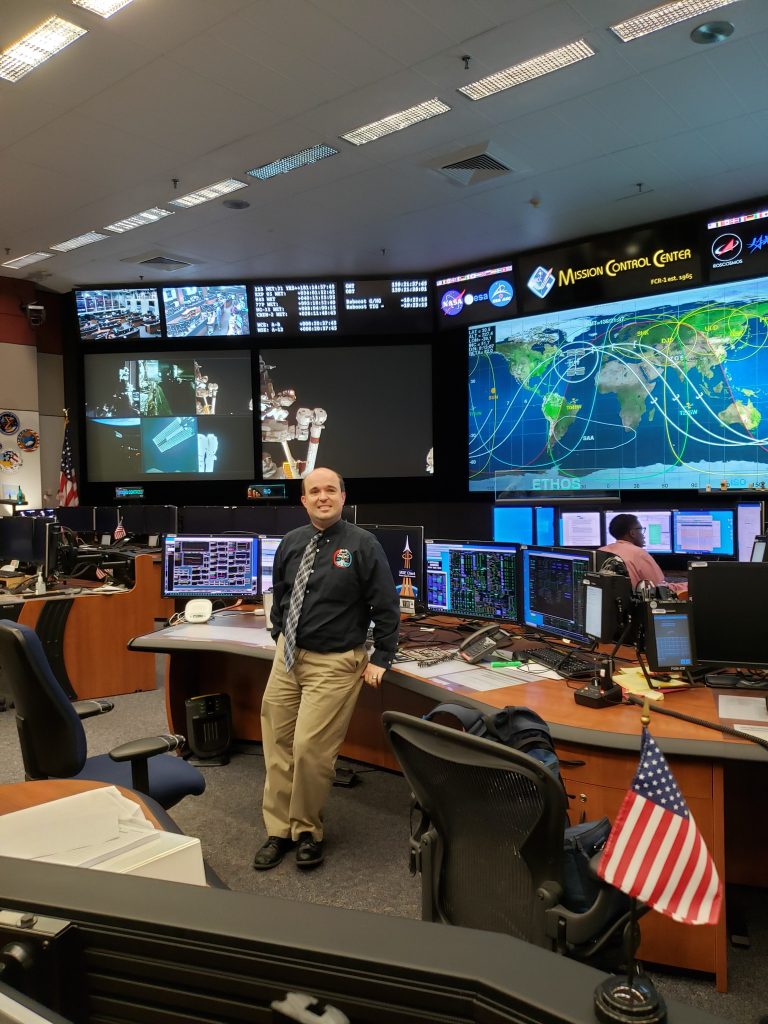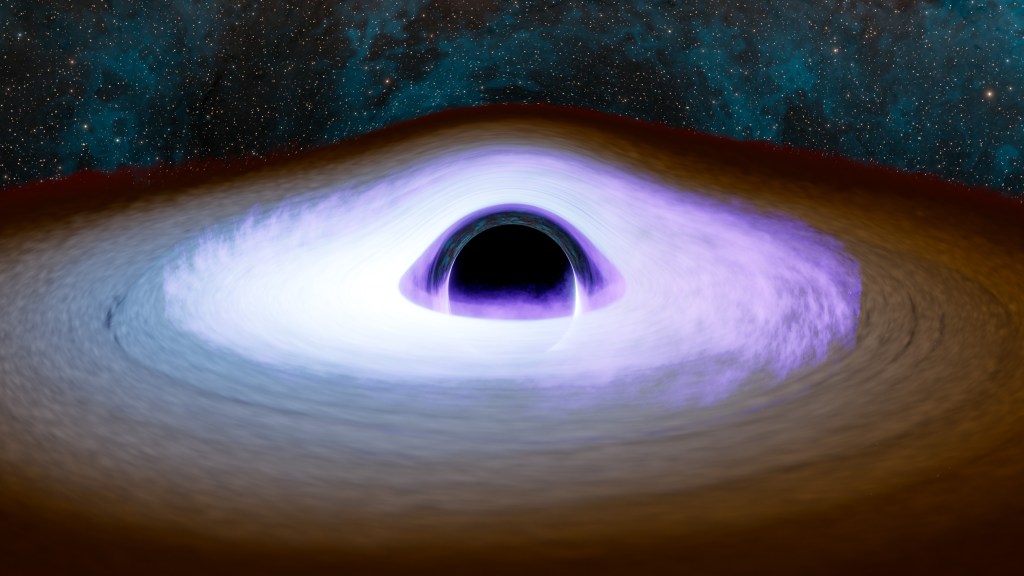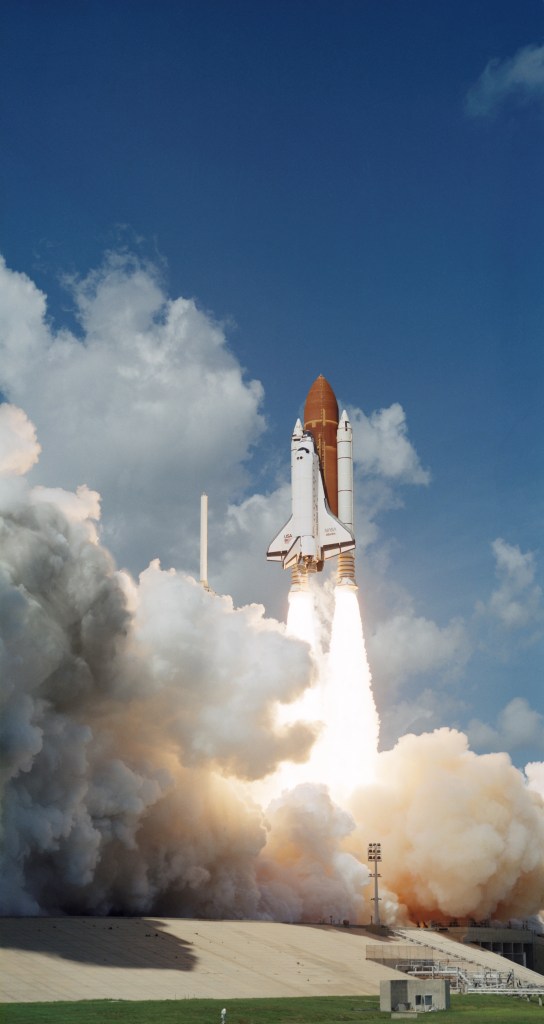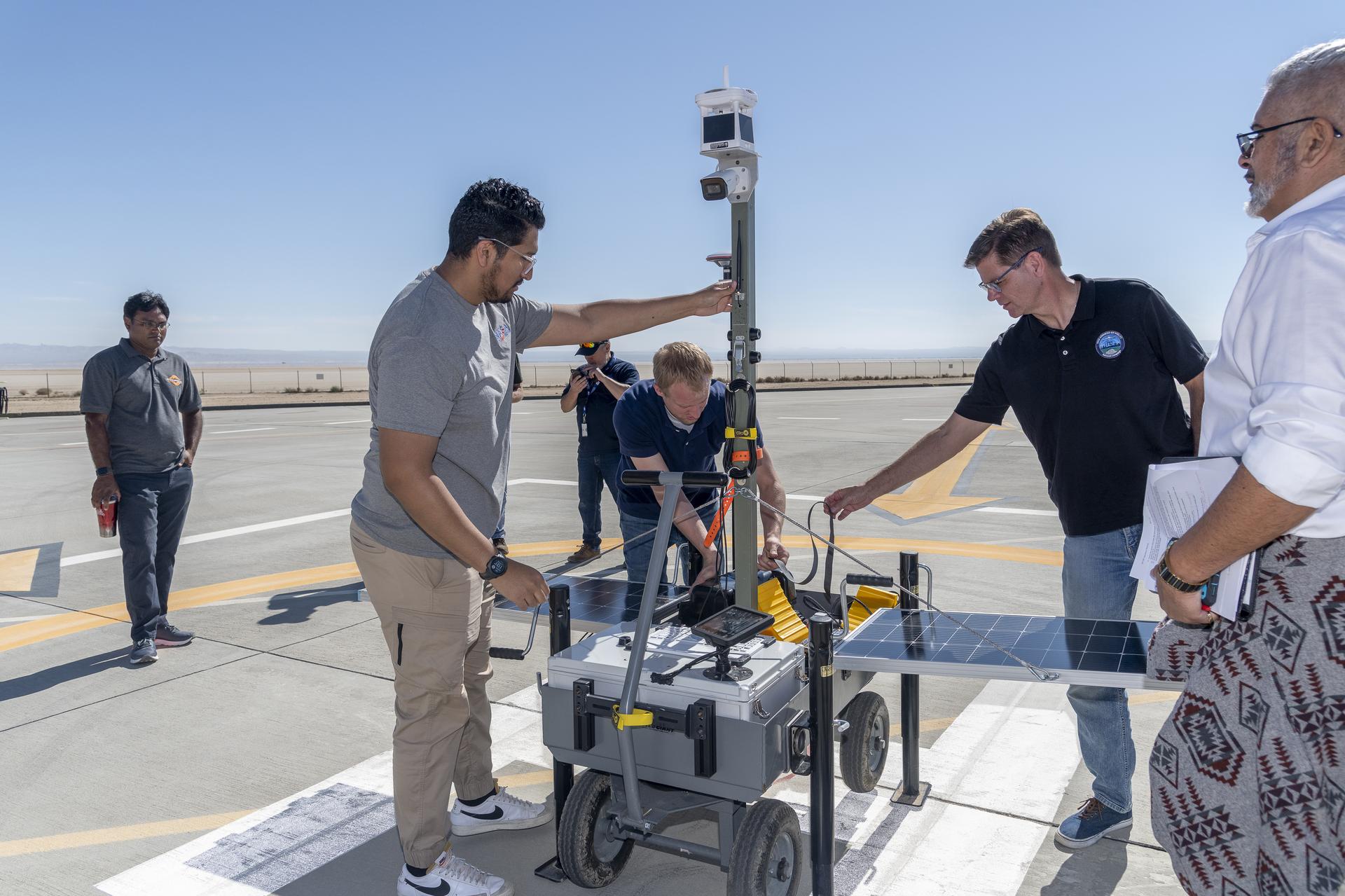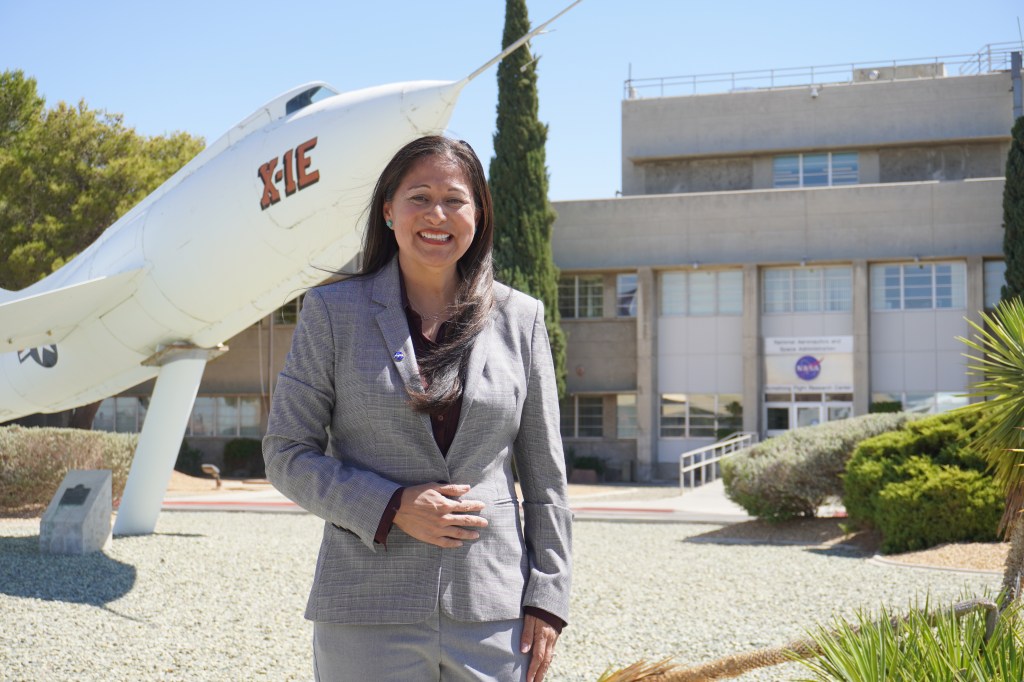Chief Scientist History
1982–1987
Dr. Frank B. McDonald
Dr. McDonald worked at both NASA Headquarters in Washington and NASA Goddard Space Flight Center, Greenbelt, Maryland. From 1987 to 1989, he served as the Associate Director, Chief Scientist at Goddard. Prior to this position, he was the NASA Chief Scientist from 1982 to 1987. He also held the position of Chief, Laboratory for High Energy Astrophysics at Goddard from 1970 to 1982. Dr. McDonald served as the Head of the Energetic Particles Branch from 1959 to1970.
McDonald and his associates directed research toward understanding the properties of the galactic cosmic radiation, its transport in the interstellar medium and its modulation by our own heliosphere; the acceleration and transport of solar/interplanetary energetic particles and the study of the dynamics of the outer heliosphere, one of the last unexplored regions of our solar system. This research made extensive use of the energetic particle data from Pioneer 10 and 11 on which Dr. McDonald was the principal investigator for one of the cosmic ray experiments and the Voyager cosmic ray experiment for which he was a co-investigator.
Dr. McDonald received his Bachelor of Science in 1948 from Duke University and his Master of Science and PhD in 1951 and 1955 respectively from the University of Minnesota. He published over forty journal articles and was a member of the following professional organizations: American Physical Society (Fellow); American Geophysical Union (Fellow); National Academy of Science; Sigma Xi; Phi Beta Kappa.
1987–1989
Dr. Noel Hinners
A geologist and geochemist by training, Noel began his space career in the 1963 where he worked on the Apollo program and lunar exploration. Hinners was 33 years-old when Apollo 11 landed on the moon. He came to NASA Headquarters in Washington in 1972 as deputy director of lunar programs in the Office of Space Science. From 1974 to 1979, he was NASA associate administrator for Space Science.
He served from 1979 to 1982 as director of the Smithsonian Institution’s National Air and Space Museum, and between 1982 and 1987 was director of NASA’s Goddard Space Flight Center in Greenbelt, Maryland. He then became the agency’s third-ranking executive as associate deputy administrator of NASA. He left the agency in 1989 to join the Martin Marietta Corporation. After Martin Marietta merged to become Lockheed Martin Corp., Hinners was a vice president of flight systems. His responsibilities included managing one of the first projects dedicated to exploring a comet. Beyond his numerous accomplishments, Hinners is remembered as a person dedicated to sharing his knowledge and experience, in addition to helping the next generation continue making great leaps in human achievement.
Dr. Noel Hinners received a Bachelor of Agricultural Science in 1958 from Rutgers University before earning a master’s degree in geology from California Institute of Technology, and a PhD in geochemistry from Princeton University in 1963.
1993–1996
Dr. France A. Córdova
Prior to joining NASA, Dr. Córdova served on the faculty of the Pennsylvania State University where she headed the department of astronomy and astrophysics. Córdova was Deputy Group Leader, Space Astronomy and Astrophysics Group, Los Alamos National Laboratory, New Mexico. She served as Staff Scientist, Earth and Space Science Division at Los Alamos from 1979 to 1989. Additionally, she served on the President’s National Medal of Science Committee and was a member of the Space Science and Applications Advisory Committee of the NASA Advisory Council. She has served on the Roentgen X-ray Observatory International Users Committee; the Extreme Ultraviolet Explorer Guest Observer Working Group; and the Hubble Space Telescope Advanced Camera Team. At the National Science Foundation (NSF), she has served on the Advisory Committee for Astronomical Sciences; the External Advisory Board for NSF Particle Astrophysics Center; the NSF Advisory Council; and the Committee on Space Astronomy and Astrophysics of the Space Science Board. Córdova was elected Vice-President of the American Astronomical Society in 1993 and in 1990 was elected Chair, High Energy Astrophysics Division, of that Society.
In September 1993, Córdova was chosen to fulfill the role of Chief Scientist. Following her tenure as NASA Chief Scientist, Dr. Córdova was the vice chancellor for research and professor of physics at the University of California, Santa Barbara, from 1996 to 2002. From 2002 to 2007, she led the University of California, Riverside, as chancellor and was a distinguished professor of physics and astronomy. Córdova is president emerita of Purdue University, where she served as president from 2007 to 2012. Dr. Córdova, was sworn in as director of the National Science Foundation (NSF) on March 31, 2014. Nominated by President Barack Obama to head the $7.8-billion independent federal agency, she was confirmed by the U.S. Senate on March 12. Córdova leads the only government science agency charged with advancing all fields of scientific discovery, technological innovation, and science, technology, engineering and mathematics (STEM) education.
Córdova’s scientific contributions have been in the areas of observational and experimental astrophysics, multi-spectral research on x-ray and gamma ray sources and space-borne instrumentation. She has published more than 150 scientific papers. She received her Bachelor of Arts degree in English from Stanford University and her PhD in physics from the California Institute of Technology. In 1996, she received NASA’s highest honor, the Distinguished Service Medal.
1999–2002
Dr. Kathie L. Olsen
Olsen served as Chief Scientist from May 1999 to April 2002 and the Acting Associate Administrator for Biological and Physical Research from July 2000 to March 2002. As Chief Scientist, she served as the Administrator’s senior scientific advisor, principal advisor on budget content of the scientific programs and principal interface with the national and international scientific community. As Acting Associate Administrator during the formulation of the new Enterprise for Biological and Physical Research, she oversaw budget development and implementation, recruitment and development of professional and support staff and strategic planning.
Dr. Olsen was recruited to NASA from the NSF, where since 1997 she had been Senior Staff Associate for the Science and Technology Centers in the Office of Integrative Activities. From February 1996 until November 1997, she was a Legislative Fellow and detailee from NSF to the Office of Senator Conrad Burns of Montana. Between 1984 and 1996, she served NSF in a variety of administrative and scientific leadership positions. At various times in her early professional career, Dr. Olsen also served as a Research Scientist at the State University of New York – Stony Brook’s Long Island Research Institute and Assistant Professor in the Department of Psychiatry and Behavioral Science at the Medical School, as well as Adjunct Associate Professor in the Department of Microbiology at the George Washington University.
Dr. Olsen received a Bachelor of Science in biology and psychology with honors from Chatham College. Olsen later received her PhD in psychobiology/neuroscience at the University of California at Irvine in 1979 and became a postdoctoral fellow at Children’s Hospital of Harvard Medical School in 1979 and 1980. She then spent eight years in various teaching and research positions at the State University of New York – Stony Brook. Her research on neural and genetic mechanisms underlying development and expression of behavior was supported by the National Institutes of Health.
2002–2003
Dr. Shannon Lucid
Dr. Lucid’s experience includes a variety of academic assignments, such as teaching assistant at the University of Oklahoma’s Department of Chemistry from 1963 to 1964; senior laboratory technician at the Oklahoma Medical Research Foundation from 1964 to 1966; chemist at Kerr-McGee, Oklahoma City, Oklahoma, 1966 to 1968; graduate assistant at the University of Oklahoma Health Science Center’s Department of Biochemistry and Molecular Biology from 1969 to 1973; and research associate with the Oklahoma Medical Research Foundation in Oklahoma City, Oklahoma, from 1974 until her selection to the astronaut candidate training program.
Selected by NASA in January 1978, Dr. Lucid became an astronaut in August 1979. She is qualified for assignment as a mission specialist on Space Shuttle flight crews. Some of her technical assignments included the Shuttle Avionics Integration Laboratory (SAIL); the Flight Software Laboratory, in Downey, California, working with the rendezvous and proximity operations group; Astronaut Office interface at Kennedy Space Center, Florida, participating in payload testing, Shuttle testing and launch countdowns; spacecraft communicator (CAPCOM) in the Johnson Space Center (JSC) Mission Control Center during numerous Space Shuttle missions; Chief of Mission Support and Chief of Astronaut Appearances. A veteran of five space flights, Dr. Lucid has logged 5,354 hours (223 days) in space. She served as a mission specialist on STS-51G (June 17 to June 24, 1985), STS-34 (October 18 to October 23, 1989), STS-43 (August 2 to August 11, 1991), STS-58 (October 18 to November 1, 1993), and as a board engineer 2 on Russia’s Space Station Mir (launching March 22, 1996, aboard STS-76 and returning September 26, 1996, aboard STS-79).
Dr. Lucid was the first woman to hold an international record for the most flight hours in orbit by any non-Russian, and, until June 2007, she also held the record for the most flight hours in orbit by any woman in the world. From February 2002 until September 2003, Dr. Lucid served as NASA’s Chief Scientist stationed at NASA Headquarters, Washington D.C., with responsibility for developing and communicating the agency’s science and research objectives to the outside world. She returned to JSC in fall 2003 and resumed technical assignments in the Astronaut Office. She served as a CAPCOM in the Mission Control Center for numerous Space Shuttle and International Space Station (ISS) crews, representing the Flight Crew Office and providing a friendly voice for dozens of friends and colleagues in space. Dr. Lucid retired from NASA in January 2012.
Graduated from Bethany High School, Bethany, Oklahoma, in 1960; received a Bachelor of Science degree in chemistry from the University of Oklahoma in 1963 and a Master of Science and PhD in biochemistry from the University of Oklahoma in 1970 and 1973, respectively. Dr. Lucid is a commercial, instrument, and multi-engine rated pilot.
2003–2004
Dr. John M. Grunsfeld
Dr. Grunsfeld, who played an integral role in two Space Shuttle servicing missions to the Hubble Space Telescope, has studied astronomy and physics throughout his career. Grunsfeld is a veteran of four Space Shuttle flights. In 1999 and 2002 he took part in a total of five successful spacewalks to upgrade Hubble. As a Mission Specialist on STS-103, Grunsfeld helped install new gyroscopes and scientific instruments and upgraded Hubble’s systems. During STS-109, he served as Payload Commander, in charge of the spacewalking activities and the Hubble payload. He and three other crewmates installed a new digital camera, cooling system for the infrared camera, new solar arrays, and power system.
A native of Chicago, Grunsfeld received a bachelor’s degree in physics from the Massachusetts Institute of Technology in 1980. He earned a master’s degree and a PhD in physics from the University of Chicago in 1984 and 1988, respectively. Grunsfeld was selected as a NASA astronaut in 1992. His first flight assignment came in 1995 on board the Space Shuttle Endeavour on STS-67. In 1997, Grunsfeld served as flight engineer for the Space Shuttle Atlantis during STS-81 and a 10-day mission to Russia’s Mir space station. He has logged over 45 days in space, including 37 hours and 32 minutes working outside the Space Shuttle.
Grunsfeld has been honored with the W.D. Grainger Fellow in Experimental Physics and was awarded the NASA Distinguished Service Medal earlier this year. He was awarded NASA Space Flight Medals in 1995, 1997, 1999, and 2002, and earned the agency’s Exceptional Service Medal in 1997, 1998, and 2000.
2004–2005
Dr. James B. Garvin
In his former capacity as the Lead NASA Scientist for Mars Exploration, Dr. Garvin was instrumental in formulating and developing the NASA scientific strategy for Mars as well as the Moon. Garvin came to NASA’s Goddard Space Flight Center in 1984 and soon helped lead the development of a new class of remote sensing instrument, the laser altimeter, for the purpose of measuring the human-scale relief of planetary landscapes. In addition, he developed new paradigms for understanding the impact cratering process on Earth, Mars and the Moon. Garvin served as Chief Scientist for the Shuttle Laser Altimeter (SLA) experiment, which first flew in Earth orbit on the Space Shuttle Endeavour (STS-72) in January 1996, and in doing so, he helped develop techniques for measuring tree heights from space, as well as the shapes of dynamic landscapes. As one of the founding fathers of the Mars Orbiter Laser Altimeter (MOLA), Garvin developed methods for analyzing landscape features such as impact craters and volcanoes. In 1998, Dr. Garvin discovered how ice-filled impact craters on Mars reflect the history of ice cover on the red planet. Dr. Garvin received numerous outstanding performance awards, group achievement awards, and was invited to be a keynote speaker at dozens of conferences in Spain, Iceland, Finland, and the US.
In 1994, after the loss of the Mars Observer, Dr. Garvin helped develop NASA’s Earth System Science Pathfinder (ESSP) program, which has resulted in the first openly competed missions to planet Earth in NASA’s history. Starting in 1997, Dr. Garvin served as a co-investigator on the Mars Global Surveyor mission, analyzing laser altimeter and imaging data for impact craters. In addition, Dr. Garvin served as a NASA co-investigator on Canada’s RADARSAT, and in doing so, he organized RADARSAT observations of the largest flood of the 20th Century, the 1996 catastrophic outburst flood in southern Iceland. From 1986 to 1987, Garvin represented science on Sally Ride’s task group, and helped develop the case for a stepping stone approach to humans in deep space, including lunar outposts and science-driven missions to Mars. During the 1990’s Garvin served on NASA’s science policy development team responsible for shaping NASA’s approach to scientific research. In 1999, the NASA Administrator asked Garvin to chair the Next Decade Planning Team (DPT) for the purpose of developing science-driven, technology-enabled pathways for human exploration beyond low-Earth orbit. As NASA’s lead scientist for Mars exploration, Garvin worked with the scientific community to develop a discovery-responsive, resilient program of robotic exploration for Mars, with attention to preparation for human exploration. As part of his science outreach activities for the Agency, Dr. Garvin frequently appeared on television. In 2003, Dr. Garvin worked with the Discovery Channel to film “Mars on Earth” and in January of 2004, Garvin appeared on “Late Night with David Letterman” as NASA’s Mars expert.
He graduated from Brown in 1978 with a Bachelor of Science in computer science. After receiving his Master of Science from Stanford in 1979, Garvin returned to Brown and earned a PhD in planetary geological sciences by 1984. During this time, he participated in analysis of images from the surface of Venus from the Soviet Venera 9, 10, 13, 14 probes and published numerous research articles comparing spacecraft views of the surfaces of Mars, Venus, and the Moon.
2011–2012
Dr. Waleed Abdalati
Waleed Abdalati was appointed NASA chief scientist in January of 2011, serving as the principal adviser to NASA Administrator Charles Bolden on NASA science programs, strategic planning and the evaluation of related investments. Prior to Chief Scientist, he held a position as director of the University of Colorado’s Earth Science and Observation Center, which carries out research and education activities on the use of remote sensing observations to understand the Earth. His research has focused on the use of satellites and aircraft to understand how and why Earth’s ice cover is changing, and what those changes mean for life on our planet. He also has served as leader of the Ice Cloud and land Elevation Satellite-2 (ICESat-2) Science Definition Team and has led or participated in nine field and airborne campaigns in the Arctic and Antarctic.
His appointment as Chief Scientist marked a return to NASA, where he worked from 1996 to 2008. From 2004 to 2008, he was head of the Cryospheric Sciences Branch at NASA’s Goddard Space Flight Center in Greenbelt, Md., where he supervised a group of scientists who carried out research in the development and analysis of remote sensing observations to study the behavior of ice sheets, sea ice, and glaciers. From 2000 to 2004, he managed NASA’s Cryospheric Sciences Program at NASA Headquarters, managing the agency’s interests and research investments in cryospheric research, and serving as program scientist on the ICESat and RADARSAT missions. From 1996 to 2000, Abdalati was a researcher at Goddard in the Oceans and Ice Branch, where he analyzed satellite and aircraft measurements of glaciers and ice sheets to assess their contributions to sea level rise. He also served as deputy project scientist for NASA’s Ice Cloud and land Elevation Satellite (ICESat).
He has published more than 50 peer-reviewed papers, book chapters and NASA-related technical reports, with approximately 1,500 citations in the peer-reviewed literature. He has given featured lectures and keynote addresses to the United Nations, AIAA, SPIE, AGU and various other professional and international organizations, as well as public lectures at The Smithsonian Institution, The American Museum of Natural History, and The Adler Planetarium. Abdalati has received various awards and recognition, most notably the NASA Exceptional Service Medal and The Presidential Early Career Award for Scientists and Engineers from the White House.
Abdalati received a Bachelor of Science degree from Syracuse University in 1986, a Master of Science degree from the University of Colorado in 1991, and a PhD from University of Colorado in 1996. In the mid-1980s, before returning to graduate school, he worked as an engineer in the aerospace industry, designing, analyzing and testing components of various spacecraft and submarine systems.
2013–2016
Dr. Ellen Stofan
Dr. Ellen Stofan was appointed NASA chief scientist on August 25, 2013, serving as principal advisor to NASA Administrator Charles Bolden on the agency’s science programs and science-related strategic planning and investments. Prior to her appointment, Stofan was vice president of Proxemy Research in Laytonsville, Maryland, and honorary professor in the department of Earth sciences at University College London in England. Her research has focused on the geology of Venus, Mars, Saturn’s moon Titan, and Earth. Stofan was an associate member of the Cassini Mission to Saturn Radar Team and was a co-investigator on the Mars Express Mission’s MARSIS sounder. She also was principal investigator on the Titan Mare Explorer, a proposed mission to send a floating lander to a sea on Titan.
Her appointment as Chief Scientist marked a return to NASA for Dr. Stofan. From 1991 through 2000, she held a number of senior scientist positions at NASA’s Jet Propulsion Laboratory in Pasadena, California, including Chief Scientist for NASA’s New Millennium Program, deputy project scientist for the Magellan Mission to Venus, and experiment scientist for SIR-C, an instrument that provided radar images of Earth on two shuttle flights in 1994.
She has received many awards and honors, including the Presidential Early Career Award for Scientists and Engineers. Stofan has authored and published numerous professional papers, books and book chapters, and has chaired committees including the National Research Council Inner Planets Panel for the recent Planetary Science Decadal Survey and the Venus Exploration Analysis Group.
Stofan holds master and doctorate degrees in geological sciences from Brown University in Providence, Rhode Island, and a bachelor’s degree from the College of William and Mary in Williamsburg, Virginia.
2018–2021
Dr. James L. Green
Dr. Green received his PhD in Space Physics from the University of Iowa in 1979 and began working in the Magnetospheric Physics Branch at NASA’s Marshall Space Flight Center (MSFC) in 1980. At Marshall, Dr. Green developed and managed the Space Physics Analysis Network that provided scientists all over the world with rapid access to data, to other scientists, and to specific NASA computer and information resources. In addition, Dr. Green was a Safety Diver in the Neutral Buoyancy tank making over 150 dives until he left MSFC in 1985.
From 1985 to 1992 he was the Head of the National Space Science Data Center (NSSDC) at Goddard Space Flight Center (GSFC). The NSSDC is NASA’s largest space science data archive. In 1992 he became the Chief of the Space Science Data Operations Office until 2005 when he became the Chief of the Science Proposal Support Office. While at GSFC, Dr. Green was also co-investigator and the Deputy Project Scientist on the Imager for Magnetopause-to-Aurora Global Exploration (IMAGE) mission. From 1992 to 2000 he was also the Deputy Project Scientist for Mission Operations and Data Analysis for the Global Geospace Science Missions WIND and POLAR. He has written over 110 scientific articles in referred journals involving various aspects of the Earth’s and Jupiter’s magnetospheres and over 50 technical articles on various aspects of data systems and computer networks.
From August 2006 to April 2018 Dr. Green was the Director of the Planetary Science Division at NASA Headquarters. Under his leadership several missions have been successfully executed, including the New Horizons spacecraft flyby of Pluto, the MESSENGER spacecraft to Mercury, the Juno spacecraft to Jupiter, the Grail spacecraft to the Moon, the Dawn spacecraft to Vesta and Ceres, and the landing of the Curiosity rover on Mars just to name a few.
Over his career, Dr. Green has received a number of awards. In 1988 he received the Arthur S. Flemming award given for outstanding individual performance in the federal government and was awarded Japan’s Kotani Prize in 1996 in recognition of his international science data management activities. He also recently received the NASA Exceptional Achievement Medal for the New Horizons flyby of the Pluto system.
2022–present
Dr. Katherine Calvin
Dr. Katherine Calvin was appointed as NASA’s Chief Scientist and Senior Climate Advisor to Administrator Bill Nelson on Jan. 10, 2022.
As chief scientist, Calvin advises agency leadership on the agency’s science programs and science-related strategic planning and investments. As senior climate advisor, she provides insights recommendations for the agency’s climate-related science, technology, and infrastructure programs.
Calvin will serve in this capacity under the Intergovernmental Personnel Act Mobility Program, which provides for the temporary assignment of personnel between the federal government and state and local governments, colleges and universities, Indian tribal governments, federally funded research and development centers, and other eligible organizations.
Since 2008, Calvin has been an Earth scientist at the Pacific Northwest National Laboratory’s Joint Global Change Research Institute (JGCRI) in College Park, Maryland. She worked in JGCRI’s Global Change Analysis Model, a system for exploring and analyzing the relationships between human and Earth systems in the context of global climate change. She also worked on the Department of Energy’s Energy Exascale Earth System Model, a system for analyzing the past, present, and future state of the Earth system. Her research simulates the interaction between global resources, focusing on the impact of land, water, and energy use through an environmental and socioeconomic lens.
In her almost fourteen years at JGCRI, Calvin co-authored over 100 publications. Her recent publications have investigated growing populations against agriculture and water scarcity in the face of climate change.
Calvin served on a National Academy of Sciences research committee on models of the world, which was commissioned by the National Geospatial Intelligence Agency to create models for interrelated global systems such as economics, politics, and environment. She has contributed to the third U.S. National Climate Assessment as well as two special reports by the Intergovernmental Panel on Climate Change, with two more reports scheduled for publication in 2022. She also worked at the U.S. Energy Information Administration for two years as an international energy analyst.
Calvin received her doctorate in Management, Science, and Engineering from Stanford University and a bachelor of science in Computer Science and Mathematics from the University of Maryland.

